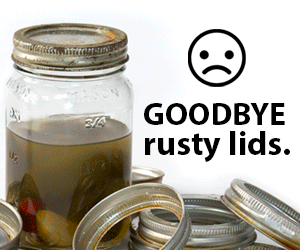Having fresh herbs on hand can take your home cooking to the next level. Growing herbs indoors allows you to snip off exactly what you need whenever you need it. With just a little time and effort, you can have flavorful herbs available all year round.

Benefits of an Indoor Herb Garden
An indoor herb garden offers many advantages over purchasing cut herbs from the grocery store:
Convenience
Step outside your back door to season tonight’s meal. No more last-minute runs to the store when you realize you’re missing an ingredient.
Flavor
Herbs begin losing flavor immediately after being cut. Homegrown herbs deliver significantly more taste and aroma.
Savings
Store-bought herb bunches can be expensive, especially for more unique varieties. Grow unlimited herbs for the cost of soil and seeds.
Fun and Rewarding
Caring for an indoor garden, watching seeds sprout and plants mature, then using the harvest…it’s exciting for gardeners of all ages!
Best Herbs for Indoor Growing
When choosing which herbs to grow inside, opt for versatile plants that thrive indoors and can handle some harvesting. Excellent options include:
- Basil
- Chives
- Cilantro
- Mint
- Oregano
- Parsley
- Rosemary
- Sage
- Thyme
Many other herbs will also grow well indoors with proper care. Start with this list and expand as you gain experience.

Growing Herbs Indoors
With good lighting and minimal care, it’s simple to grow fresh herbs indoors. Follow these tips for success:
Location
Place herb plants on a sunny windowsill or under grow lights. Most herbs require at least 6 hours of sun daily. South or west-facing windows are ideal.
Soil
Use potting mix formulated for herbs and vegetables. Container plants need soil that drains well to prevent overwatering.

Burpee, 9 Quarts | Premium Organic Potting Natural Soil Mix
- Ideal for Container Garden-Vegetable, Flower & Herb
Pots
Terra cotta, plastic, concrete…herbs will grow in nearly any container with drainage holes. Match pot size to the herb’s expected mature size.
Water
Water whenever the top inch of soil becomes dry. Use your finger to test soil moisture. Too much or too little water causes most indoor gardening failures.
Fertilizer
While most herbs thrive with minimal feeding, you can fertilize monthly during growing season using liquid fertilizer mixed at 1⁄4 strength.
Maintenance
Pinch off flower buds to encourage leafy growth. Harvest often by cutting stems back to just above a set of leaves. wipe dusty leaves occasionally with a damp cloth.
Harvesting and Preserving Homegrown Herbs
Snip off leaves or stem tips as needed for fresh use. For storage, you have several options:
- Air Drying: Tie stems in bunches and hang upside down in a warm, dry spot out of sunlight. When fully dried, crumble leaves off stems and store in airtight containers.
- Freezing: Chop herbs, pack into ice cube trays, cover with water or olive oil, and freeze. Pop out frozen cubes as needed.
- Vinegar: Fill clean jars with fresh herb sprigs, then cover with vinegar. Steep 3-6 weeks, then remove herbs.
- Butters and oils: Blend chopped fresh herbs into softened butter or olive oil. Freeze or refrigerate.

Enjoy seasoning soups, meats, vegetables, eggs, pasta and more with your homegrown herbs all year long! Start small, then expand your indoor garden as you discover just how simple and rewarding it can be.















